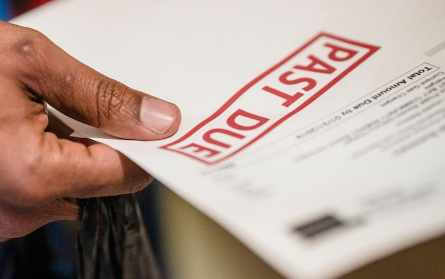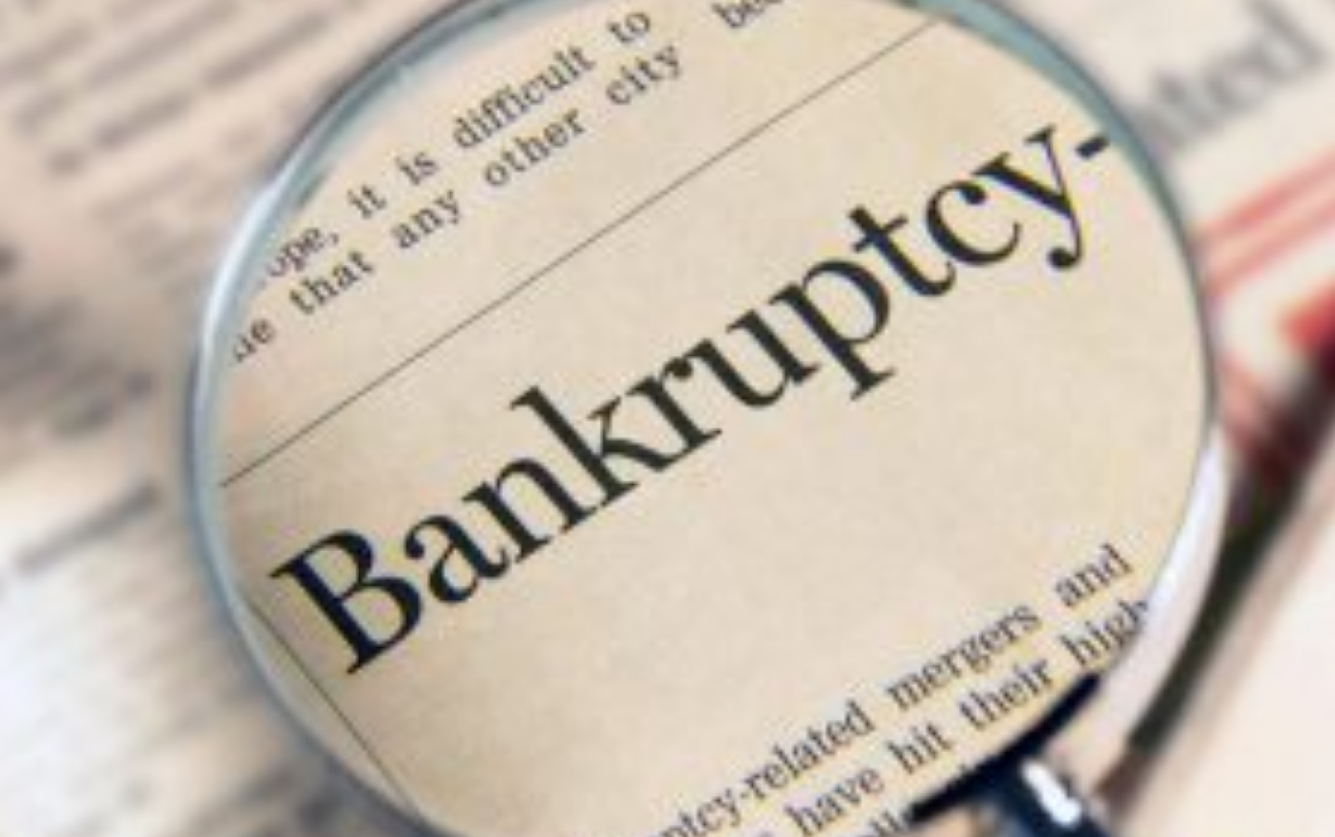
Legislative Changes in Tennessee for the Construction Industry
Earlier this year we shared a post that was all about Tennessee. Since that post, there have been some legislative changes that may impact those in the construction industry. A recent article from Bass, Berry & Sims PLC recaps some of the key changes and what those changes could mean for you.
What’s New Tennessee?
Repeal is the word for Tenn. Code Ann. § 66-21-108.
In May 2018, Tennessee legislature enacted statute that allowed an owner to recover up to $100,000 in attorney’s fees, reasonable costs, and damages, if the owner successfully challenged the validity of a mechanic’s lien filed on their property.
“This created a significant risk of liability for general contractors and subcontractors in the event their recorded mechanic’s or materialmen’s liens were later found to be invalid.” – Bass, Berry & Sims PLC
As of April 2019, this statute has been repealed (with an exception for the owners of certain residential units.) It sure didn’t take legislators long to make changes!
Continuing Education, Certified Electrical Inspectors and Construction Managers for Utility Districts
According to Bass, Berry & Sims PLC, residential contractors licensed after January 1, 2009, will need to complete eight hours of continuing education every two years. Bonus for those of you in trade organizations: “…active membership in a trade association, if proof of such membership is filed with the board, constitutes four hours of continuing education annually, and could cover the biannual requirement.”
Electrical inspectors are joining the plumbing and mechanical inspectors in certification requirements. Of course, the certification requirements vary by trade. Electrical inspectors will need to be certified by the Tennessee State Fire Marshal and then comply with recertification every three years.
Construction managers aren’t just for city, county, or local government organizations anymore. Tennessee is welcoming utility districts into the fold. “Under the revised law, utility districts and utility authorities are also authorized to contract with construction managers for new projects or additions to existing facilities.”
More Time to File a Mechanic’s Lien? Not this Time.
You know the saying “kickin’ the can down the road?” Apparently, that’s the name of the game for the Tennessee Senate Commerce and Labor Committee (Committee). The Committee opted to hold off on a bill that would extend the time for filing a mechanic’s lien from 90 days to 12 months and would give suppliers more time to serve the notices of non-payment. But that’s not all – Bass, Berry & Sims PLC says pay-if-paid would be no more.
“Perhaps most significantly, the bill would prohibit the use the “pay-if-paid” provisions in contracts between prime contractors and subcontractors. These commonly used provisions make payment from the owner a condition precedent to the prime contractor’s obligation to pay its subcontractors and suppliers.”
We’ll have to wait & see what comes from the Tennessee Senate when they review the bill again in 2020. Stay tuned for more updates on legislative changes!









